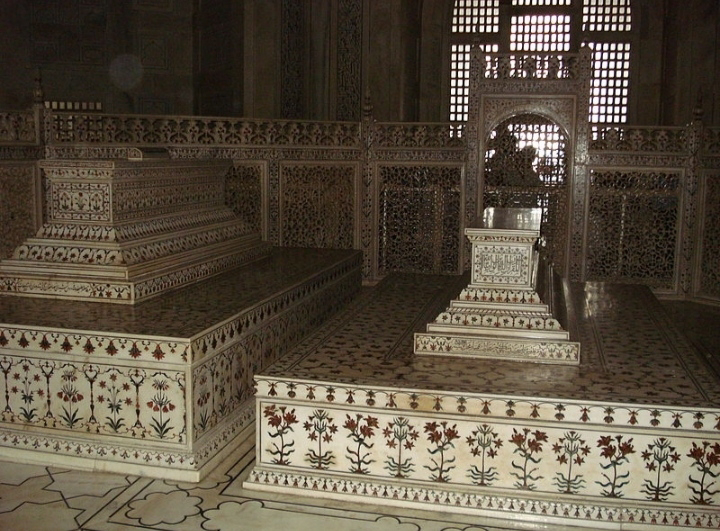TAJ MAHAL "The Enduring Beauty of the Taj Mahal: A Monument to Love and Devotion".
Introduction :-
The Taj Mahal is an iconic mausoleum located in the city of Agra, Uttar Pradesh, India. It was built by the Mughal emperor Shah Jahan in memory of his beloved wife Mumtaz Mahal. The building is considered one of the most magnificent structures ever created and is recognized as a UNESCO World Heritage Site. It attracts millions of tourists annually and is considered one of the Seven Wonders of the World.
History :-
The construction of the Taj Mahal began in 1632 and took approximately 22 years to complete. The building was designed by a team of architects led by Ustad Ahmad Lahauri. The construction of the Taj Mahal was a massive undertaking and involved the work of over 20,000 skilled workers, including architects, masons, and craftsmen.
The Taj Mahal was built as a symbol of love and devotion. It is said that Shah Jahan was so devastated by the death of his wife that he ordered the construction of the Taj Mahal as a tribute to her. The building was also intended as a mausoleum for the emperor himself, although he was eventually buried alongside his wife in the Taj Mahal.
Architecture :-
The Taj Mahal is made entirely of white marble and is adorned with intricate carvings and inlaid precious stones. The building is set within a large garden and is surrounded by four minarets. The architecture of the Taj Mahal is a blend of Islamic, Persian, and Indian styles, and is renowned for its symmetry and balance.
The building is perfectly symmetrical, with the exception of the tombs of Shah Jahan and Mumtaz Mahal, which are slightly off-center. The interior of the Taj Mahal is also beautifully decorated, with intricate carvings and inlays of precious stones.
The architecture of the Taj Mahal is a masterpiece of engineering. The building was constructed on a foundation of sand and was designed to withstand earthquakes. The marble used in the construction of the Taj Mahal was transported from Rajasthan by a fleet of elephants and was carved by skilled craftsmen.
Restoration:-
Over the years, the Taj Mahal has undergone several restorations and renovations to preserve its beauty. In recent years, it has also been the subject of controversy due to concerns about pollution and damage caused by tourists.
In 2018, the Indian government initiated a major restoration program for the Taj Mahal. The program included cleaning the building's marble facades, restoring damaged areas, and installing new lighting to enhance the building's beauty.
Tourism:-
The Taj Mahal is one of the most popular tourist attractions in India, with millions of visitors each year. Visitors are required to remove their shoes before entering the building and are not allowed to take photographs inside.
In recent years, the Indian government has introduced several measures to manage the flow of tourists to the Taj Mahal. These measures include limiting the number of daily visitors, introducing a time limit for visits, and increasing the entry fee for foreign tourists.
Conclusion:-
The Taj Mahal is a stunning work of art and an engineering marvel. It is a testament to the skill and creativity of the artisans and craftsmen who built it and is a symbol of love and devotion that has inspired people around the world for centuries. The building's beauty and history make it one of the most important cultural landmarks in the world and a must-visit destination for anyone traveling to India.






Comments
Post a Comment